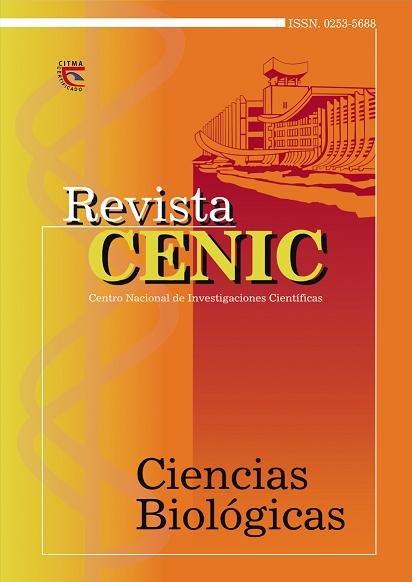Efectos de focos epilépticos en la corteza visual de la rata sobre el aprendizaje pasivo de evitación.
Abstract
Using the modification of Bures and Buresova to the Kurts and Pearl methods, the effects of interietal epileptic discharges on a passive avoidance reflex (step through) was analysed. Seventy-seven albino rats were surgically prepared to apply sodium penicillin cristals on the surface of the visual cortex to produce an epileptic focus. The results, were compared with the behavior of 41 surgically prepared but non-epileptic rats (control group). The features of the epileptic discharges and EEG records were noted 10 minutes before and after each exploratory reaction or retention test. The result showed differences in the orienting reaction, and in the inmediate, and delayed retention test between epileptic and non-epileptic rats. Thirty-six rats which learned under the activity of the epileptic focus, were subjected without the activation of the focus to a delayed retention test (24 hours later). This group of animals had a lower retention than the group of epileptic rats that remainded epileptic during this test. The results are discussed on the basis of the electrophysiological, biochemical and pharmacological alteration that penicillin may produce on the central nervous system, interfering; with the labial and stable phases of memory.
Downloads

Downloads
Published
How to Cite
Issue
Section
License

This work is licensed under a Creative Commons Attribution-NonCommercial-ShareAlike 4.0 International License.
Los autores que publican en esta revista están de acuerdo con los siguientes términos:
Los autores conservan los derechos de autor y garantizan a la revista el derecho de ser la primera publicación del trabajo al igual que licenciado bajo una Creative Commons Atribución-NoComercial-CompartirIgual 4.0 Internacional que permite a otros compartir el trabajo con un reconocimiento de la autoría del trabajo y la publicación inicial en esta revista.
Los autores pueden establecer por separado acuerdos adicionales para la distribución no exclusiva de la versión de la obra publicada en la revista (por ejemplo, situarlo en un repositorio institucional o publicarlo en un libro), con un reconocimiento de su publicación inicial en esta revista.
Se permite y se anima a los autores a difundir sus trabajos electrónicamente (por ejemplo, en repositorios institucionales o en su propio sitio web) antes y durante el proceso de envío, ya que puede dar lugar a intercambios productivos, así como a una citación más temprana y mayor de los trabajos publicados (Véase The Effect of Open Access) (en inglés).














